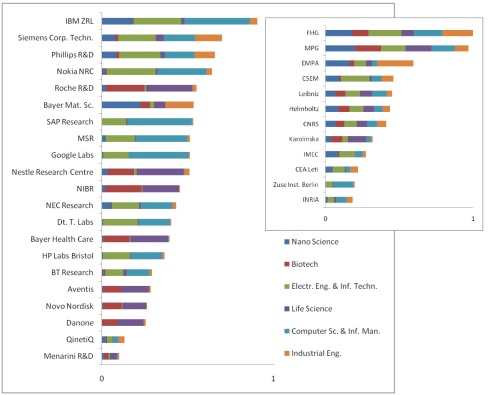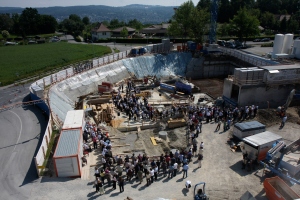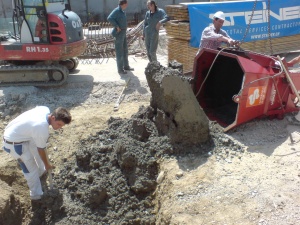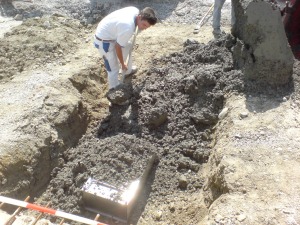Recently the University St. Gallen completed a study where they looked at the perceived value that a research organization contributes to a company’s brand equity or reputation. The hypothesis was that if you are well known for your research efforts, it should have a positive effort on the overall brand value. The findings were released at an event on 22 September called “Brand it or Lose it.” and the project was conducted by the Institute of Technology Management at the University of St.Gallen , its innovation and intellectual property spin-off BGW AG, and IBM Research.
Being part of IBM Research, I found this project of course very interesting, because if we could come with a concrete (preferably large) $ value that our research efforts contributed to our brand’s value then we would have another justification that investing in research was a good idea 🙂 and it could perhaps encourage more organizations to invest in R&D.
Well, it turns out the question could not be answered as concretely as I had hoped by citing specific data, but some positive effect on the brands’ value could be shown.
What was more interesting to me, however, was that the study also compared the various research labs of our competitors and other industrial companies that operate in Europe. St. Gallen asked all of the labs to rank themselves and others in various disciplines (e.g., material science, physics, computer science, information theory etc.). They were also given the opportunity to name other labs that were not on the list.
It turns out that our small Zurich laboratory came out # 1 when compared with industrial labs and # 3 in another study where they had also compared government sponsored research entities – we came in a close 3rd after the multi-billion € funded and well-respected German Fraunhofer Gesellschaft (#1) and Max Planck (#2) government labs.
This result made me think, how does one maintain this level of peer recognition? What does it mean to be the best? How can we assure to remain in that coveted first place in another five or ten years when some other business school studies a similar question.
I would claim, we need to be famous for the innovations not only within our company, but also outside. This applies to how we do research, what we work on, and how we turn our research into innovations for the world. It all starts with hiring the most talented people, of course.
We also need to make a difference in the world where it would be felt if we were not around. We need to be so unique that we cannot easily be replaced by somebody else. I recall an inspirational pitch by a senior executive in the early 90s when IBM was on the brink of total failure titled “Where would the world be without IBM?” and he listed numerous achievements, including landing on the moon and PCs, that may not have been accomplished without IBM.
CHALLENGE: You just became lab director of the #1 corporate research lab in Europe, what would you do to keep it that way? Let me know your thoughts.

Credit: St. Gallen, Wolf-Christian Rumsch, ITEM-HSG, CTI Dissemination Conference, IBM Research GmbH, Rüschlikon, September/22/2009

 In my opinion, it’s fantastic. If you need to check out a hotel before booking a room or if you want to look at an apartment or house before contacting the agent, presto. It’s better than tapping your heels three times (as in
In my opinion, it’s fantastic. If you need to check out a hotel before booking a room or if you want to look at an apartment or house before contacting the agent, presto. It’s better than tapping your heels three times (as in 











